Mungyeong Seonyudonggyegok Valley (선유동계곡(문경))
17.1Km 2025-09-10
Wanjang-ri, Mungyeong-si, Gyeongsangbuk-do
+82-54-550-6392
Seonyudonggyegok Valley in Mungyeong is longer and more beautiful than the valley of the same name in Goesan. Daeyasan Mountain (931 meters) runs across both valleys, which are 10 kilometers apart from each other. The valley is relatively untouched as it is not yet well known to the public. At the beginning and the end of the trail are Hakcheonjeong and Chirujeong Pavilions, respectively. Both sides of the valley are lined with thick forests of ancient pine trees. A number of stone carvings can be found in the forest, and the most famous one reads “Seonyugyegok.” It was written by Choi Chi-won, a leading scholar of the Silla kingdom.
Sangju Woosan Auto Campground (상주우산오토캠핑장)
17.4Km 2024-12-16
752 Chaereungsan-ro, Oeseo-myeon, Sangju-si, Gyeongsangbuk-do
As you drive along the quiet country roads away from Sangju, you'll come across a camping site that beautifully preserves the nostalgic atmosphere of an old school. Woosan Camping, a campground remodeled from an elementary school, was also the filming location for a scene in the drama “Castaway Diva,” where Mok-ha (Park Eun-bin) enjoyed camping with Bo-geol (Chae Jong-hyeop) and his family. The cozy schoolyard is equipped with various convenient amenities, such as a convenience store and shower facilities, and there are plenty of fun activities for children, like a sandbox and swings, making it a perfect spot for a family getaway.
Mungyeong Daeseungsa Temple (대승사(문경))
19.0Km 2020-06-25
283, Daeseungsa-gil, Mungyeong-si, Gyeongsangbuk-do
+82-54-552-7105
Situated on Sabulsan Mountain, Daeseungsa Temple is a beautiful building, rich in history. The name of the mountain on which the temple was built was originally called Gongdeoksan, but was later known as Sabulsan. The name, Sabulsan, (meaning “Four Buddhas”) comes from the legend of the Silla Period in which a large stone shrouded with red silk and etched with four faces of Buddha mysteriously descended upon the mountain. Upon hearing the news of this miraculous event, the king at the time (King Jinpyeong) immediately visited the spot and had the temple built next to the sacred stone.
The temple was partially destroyed by fire in the summer of 1922, but was restored in 1927 thanks to the efforts of Monks Uiun, Chwiwol, and Deoksan. In January 1958, the temple once again suffered fire damage, leaving only a few buildings (Geukrakjeon, Myeongbujeon, and Sansingak) untouched. Monks Daehyu, Seolwol, and Jeongam helped to restore the temple and the temple has remained well-preserved ever since.
Juheulsan Mountain (주흘산)
19.0Km 2019-07-12
Mungyeong-eup, Mungyeong-si, Gyeongsangbuk-do
+82-54-550-6414
Juheulsan Mountain was once considered to be a sacred place and was the site of annual, royal mountain rituals during the Joseon Dynasty. It is situated in Mungyeong-si, Gyeongsangbuk-do and surrounded by six large villages (Sangcho-ri, Hacho-ri, Sang-ri, Jigok-ri, Palryeong-ri, and Pyeongcheon-ri). The mountain was believed to have produced talented scholars. Meaning “Chief, Majestic Mountain,” Juheulsan Mountain is still seen as the heart of Mungyeong and Mungyeongsaejae.
Joryeongsan Mountain (조령산)
19.4Km 2019-11-19
Munyeong-eup, Mungyeong-si, Gyeongsangbuk-do
+82-54-550-6414
Joryeongsan Mountain divides Mungyeong (Gyeongsangbuk-do) and Goesan (Chungcheongbuk-do), and is situated at the far end of Baekdudaegan Mountain Range that connects Baekdusan and Jirisan Mountains. The mountain is picturesque with its surroundings of dense forest, steep rocky areas, strangely shaped peaks and old trees. It has a grand scale of mountain ridge and high altitude. However, as the hiking trail starts at 529 meters on Ihwaryeong, it is not that tough. Nearby locations include Sinseongbong Peak and Mapaebong Peak, as well as Joryeongsan Recreational Forest.
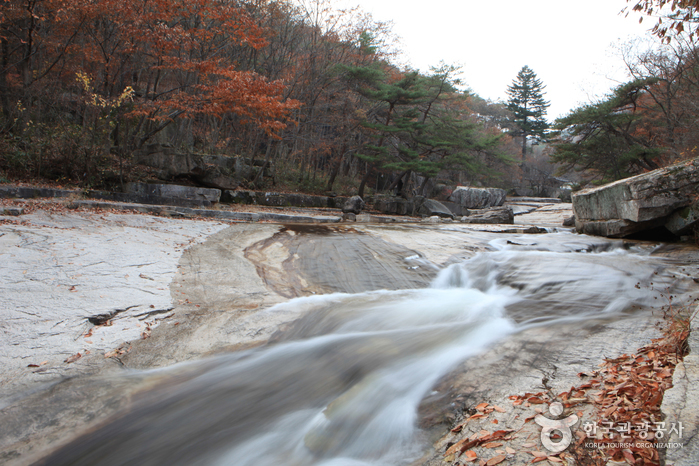
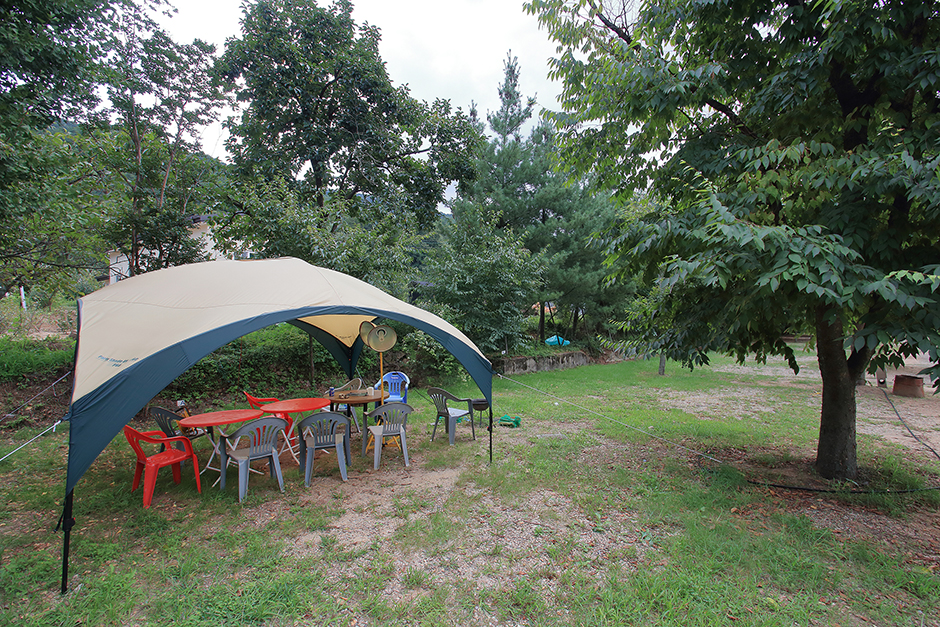
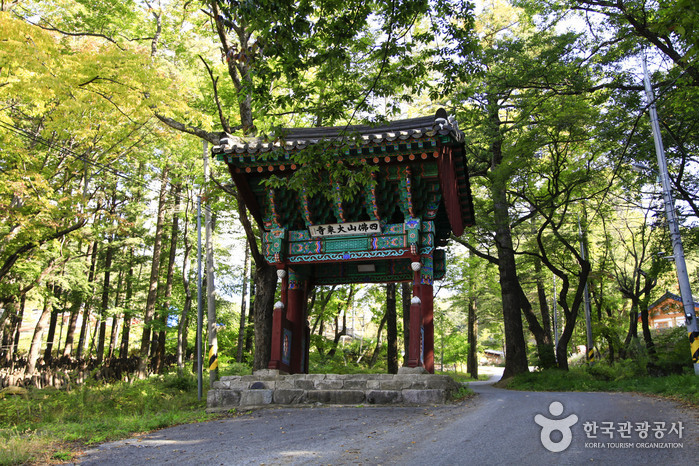
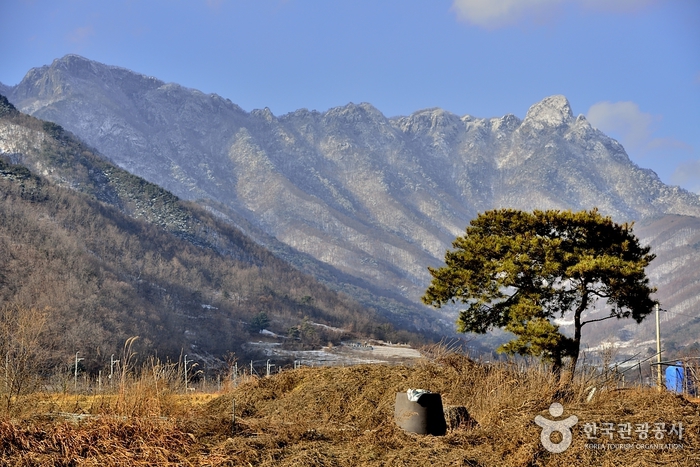
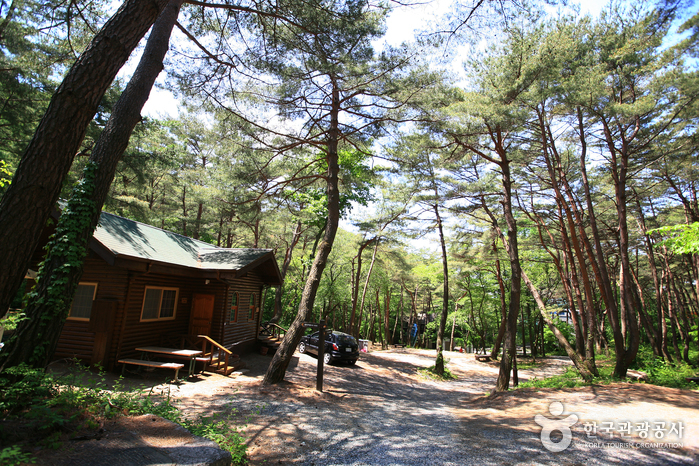
 English
English
 한국어
한국어 日本語
日本語 中文(简体)
中文(简体) Deutsch
Deutsch Français
Français Español
Español Русский
Русский